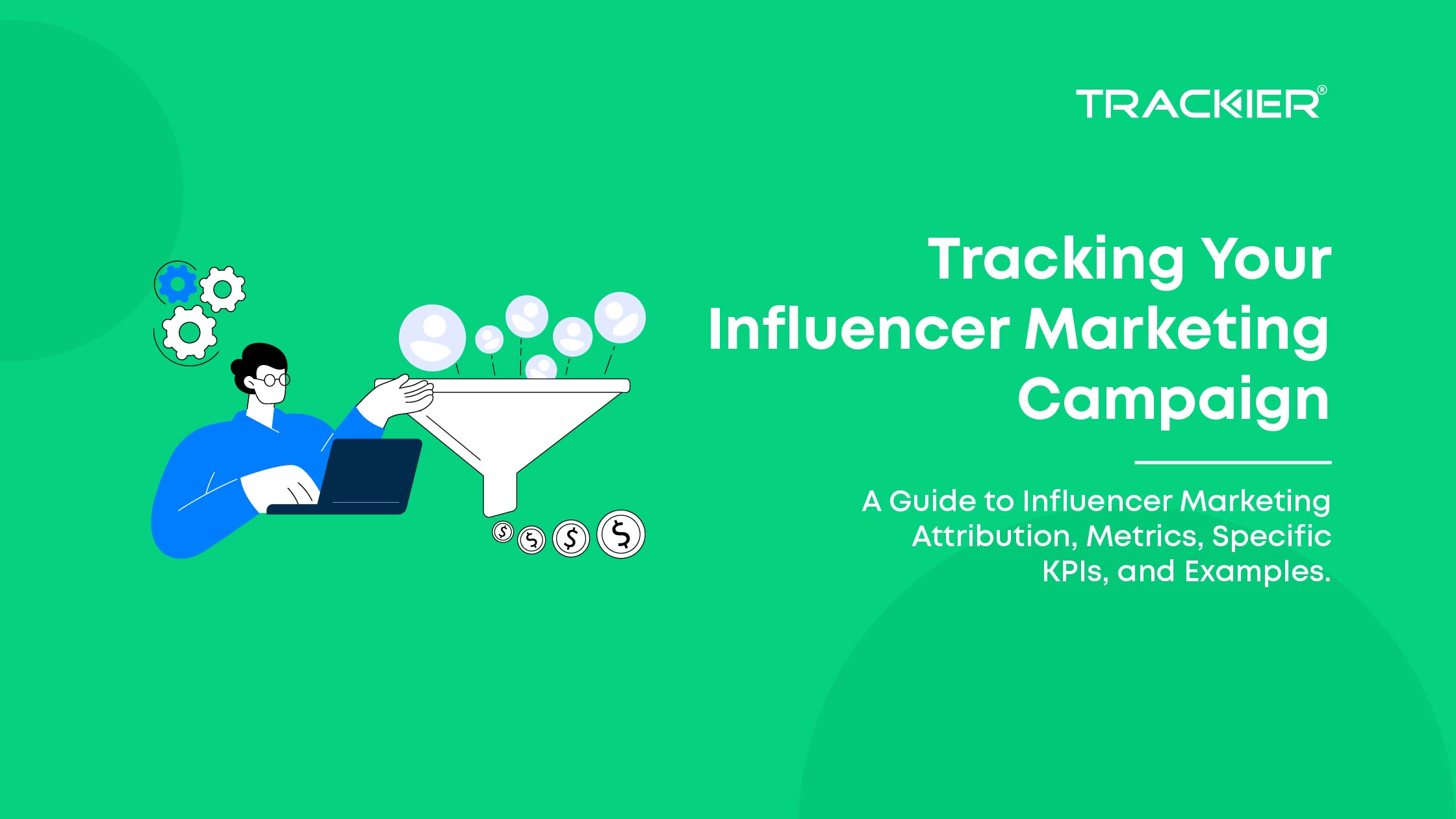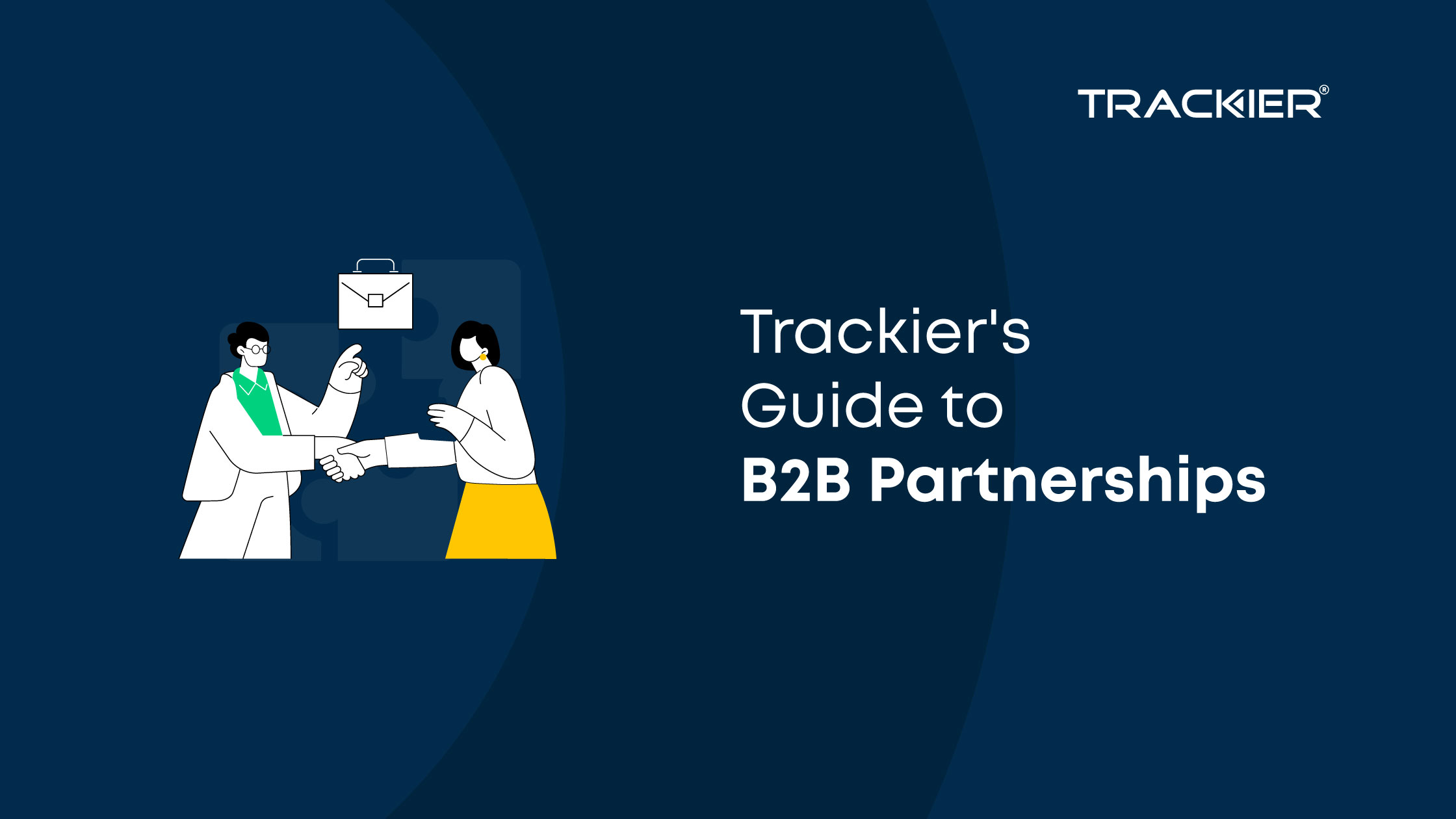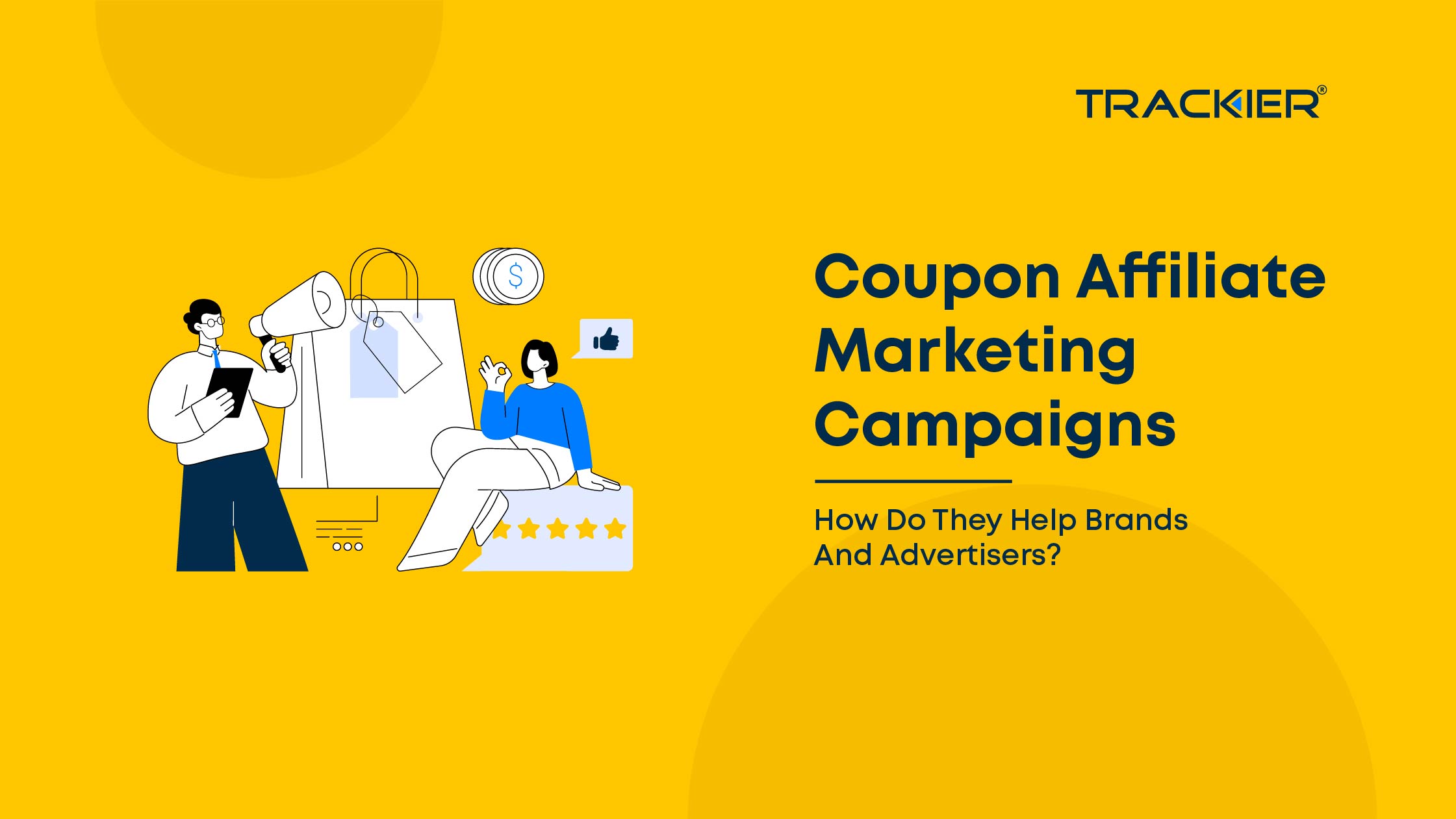2024 is all about moving on – from third party cookies, invasive marketing practices, and one-size-fit-all targeting. There’s a lot going on this year, although it hasn’t been more than two months since it began. Especially on the advertising front, giants like Google are keeping busy overhauling the industry for good (or is it too early to say?).
As the Google’s VP himself said, “It’s time to move on” and move on we will. But before that, let’s discuss what unraveled in the first two months of Q1 2024 and how we can prepare to face the wave of change head on.
Google Culling Third Party Cookies on Chrome
Google announced the third party cookies deprecation a couple of years ago but kept pushing it ahead for quarters after quarters. However, it finally drew the line under it in December 2023 with a comprehensive plan to phase out third party cookies. According to the search engine giant, Q3 of 2024 will be when the tombstone will be laid out on 3PC.
How does this impact the adland? Are marketers prepared for the impending overhaul of advertising? Yes and no.
Most of the advertisers and publishers are already gearing up for the upcoming changes and have shifted to cookieless targeting and tracking solutions. However, the major blow will be felt by programmatic advertising because they still depend on third party cookies for user-level targeting and attribution. It can result in lack of highly relevant ads to users and attribution gap as to which ad leads to sales.
According to Dan Taylor, Google’s Vice President of Global Advertising Strategies, interest-based ad targeting is the future of the advertising world, as third party cookies will be extinct by H2 2024. For advertisers who are shifting their strategy to this, their world won’t crumble. However, for advertisers whose main source of revenue is user-level targeted ads, there would be an initial struggle.
Catching up with the deadline
The major challenges remains catching up with Google’s deadline associated with Google Privacy Sandbox and deprecation of third party cookies, which is as we mentioned earlier, the 2H of 2024. Given the current scenario, the shift is challenging but not entirely impossible. The search engine giant has already illuminated the path forward in the form of Topics API and Protected Audience API as a cookieless alternative to serve hyper-target advertisements.
Here’s what you can do
- Audit your third party cookies usage to understand your business’ dependence on 3PC and the impact of its depreciation.
- Invest in AI solutions like Gemini AI for better targeting, measurement and ad delivery in the absence of third party cookies.
- Invest in collating first-party data. Possibility is, you’re probably sitting on a data gold mine. You just have to utilize it better.
- Double down on zero-party data. Conduct user surveys, incentivize them and make use of the user insights to target your customers with personalized content.
- As a brand or a network, partner with publishers that utilize contextual signals for targeting.
- Clearly communicate what information you collect from your users and how you’ll use them for targeting.
- Offer a value like personalized recommendations, offers, content, etc. to users in exchange of information.
- Give users an option to control what information they’d like to share with your brand.
Unpacking Google’s Updates: What Marketers Need to Know
We’re only in the third month of the year 2024, but Google has been keeping its team busy rolling out new updates in the AdLand. From culling the third party cookies to launching the AI model Gemini, the search giant has made up its mind that this year is going to be their year. Here’s a quick rundown of what’s been keeping Google busy this year.
- Google Gemini AI: Marketers unwrapped Google’s New Year’s gift in the form of Gemini AI in Google Search Ads. If your business operates its ad business from the US and UK, you might already have a taste of this new age tool. For the rest of the world, beta access to Google’s conversational AI to search ads will be introduced in the coming few weeks. With the help of Gemini AI, advertisers can create personalized ads assets including copy and creative using a website URL, ensuring on-brand messaging as well as impact.
- PMax Campaigns: According to a February 2024 update, Gemini AI will also be rolled out for Performance Max campaigns. It will begin with an image editing tool in the US in March this year with global launch rolling out in the weeks leading up to April.
- Imagen 2: Google is also working on its image generation model, Imagen 2 for Google Ads, using which advertisers can generate lifestyle images using PMax with real people in action.
Can AI Plug the Cookie Void?
With the privacy regulations tightening their grip on businesses including Google, there’s an inevitable loss of signal that marketers are bracing for. The final is dealt by Chrome’s third party cookies deprecation, which brings us to our question: Can AI plug the void left by third-party cookies?
The answer is yes, to some extent. Here’s how businesses can put their bucks on AI to soften the blow.
- Predictive Analytics: Using AI algorithms, marketers can analyze user behavior and serve them relevant ads on the basis of their interest, stage, and intent, instead of browsing history.
- Lookalike Audience: AI can also help marketers create lookalike audiences or cohorts with similar characteristics to existing customers to expand their outreach to more high-value audiences.
- Dynamic Creative Optimization: AI can also create real-time assets based on user data like intent and interest to provide more personalized experiences to the right audience.
The Road Ahead…
2024 is all about perspective. It’s the way you look at it. If you’ve already been bracing for these changes, the future looks bright for your business. If you haven’t started making changes yet, it’s not too late. Here’s the key – keep your eyes and mind open for AI advancements and train your team on better utilization. The truth is, most brands already have valuable data to create personalized ad experiences for their target audiences. They just don’t know what to make of it, yet.
The rest is done by AI, which is at a point to take the industry into a new realm of innovation. And from there, there’s no looking back. Investing in industry-best AI solutions to make the best use of available user data is the only way forward.
Feeling unsure about the upcoming changes in the marketing industry? Fret not! Feel free to contact us. Our team of experts would love to guide you through the uncharted waters.
Don’t want to stay behind? Follow Trackier on its WhatsApp Channel to never miss a beat!













